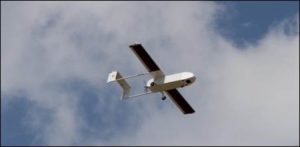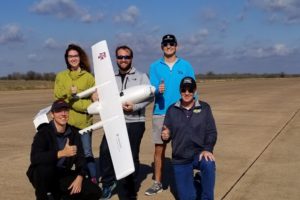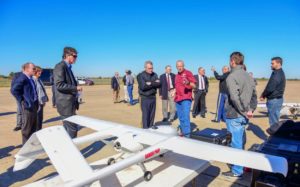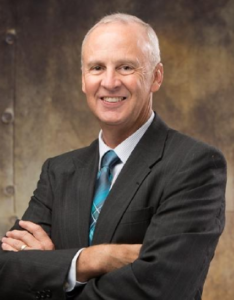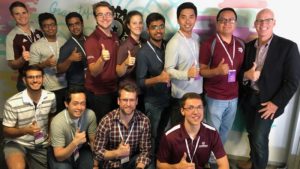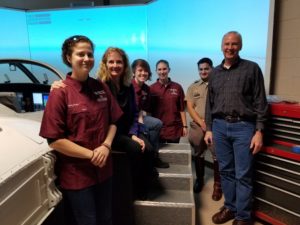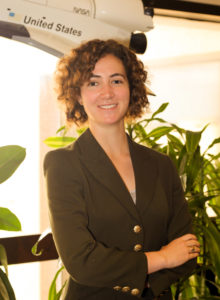
Hannah Lehman ‘20, a senior in the Department of Aerospace Engineering at Texas A&M University and an undergraduate research assistant of the Texas A&M Vehicle Systems & Control Laboratory, has accepted a Graduate Research Fellowship and will join the Ph.D. program in aerospace engineering in Fall 2020. Dr. John Valasek will serve as her research Advisor and Chair of dissertation committee. As a Graduate Research Assistant Hannah will research Tightly Integrated Navigation and Guidance for Multiple Autonomous Agents, which is sponsored by Sandia National Laboratory. She will also do a 2020 summer internship at Sandia National Laboratory.
Hannah has been an active member of VSCL since Fall 2017, focusing on human-machine interaction and the control of UAS with Machine Learning. She will graduate with the B.S. degree in aerospace engineering as a University Scholar, University Honors, and Engineering Honors in May 2020. She has been awarded the 2019/2020 AIAA Foundation Cary Spitzer Digital Avionics Scholarship, the 2019 Gathright Phi Kappa Phi Outstanding Junior in the College of Engineering, and placed 1st in the 2018 AIAA Region IV Student Paper Conference.

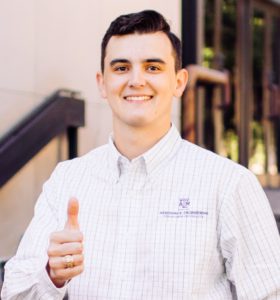
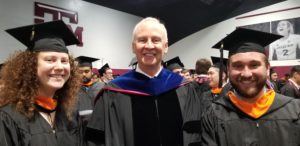
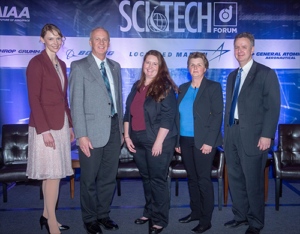
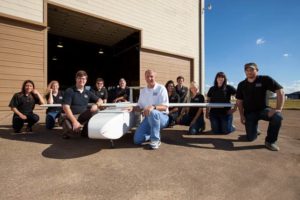
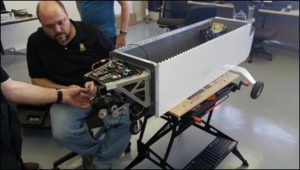 Pegasus has 80+ flights at the Texas A&M University RELLIS campus, out of its design life of
Pegasus has 80+ flights at the Texas A&M University RELLIS campus, out of its design life of 